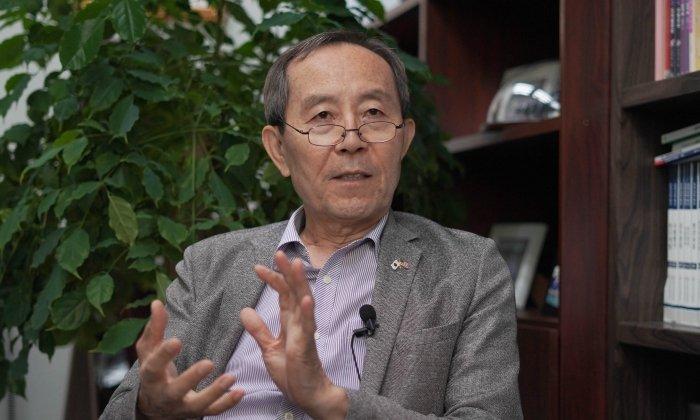South Korea maintains strong relations with the United States and is strengthening its defenses as a precaution against the nuclear threat posed by its neighbor North Korea. Military experts see value in these precautionary steps but suggest the more reliable approach to deterring both North Korea and China would be for South Korea to sign a formal alliance with the United States.
South Korea-US Reciprocal Defense Procurement Agreement
During a summit meeting in May, South Korean President Yoon Seok-yeol and U.S. President Joe Biden met to explore new avenues of cooperation, expanding the security and economic alliance between the two countries into a comprehensive global alliance that includes technology and supply chains. The talks focused on strengthening global security, improving supply chains, and sharing the latest technology, including chips, batteries, core minerals, quantum technology, biotechnology, energy, and space.The talks also addressed the importance of deterring the ongoing threats posed by North Korean President Kim Jong-un. Representatives for the United States reaffirmed their commitment to South Korea and both countries agreed on the merits of conducting joint military exercises. If required, the United States would also make its strategic weapons available to South Korea.





